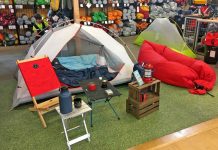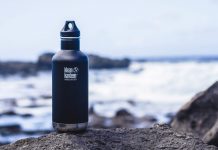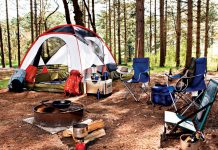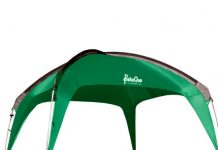Campers and outdoor enthusiasts alike will definitely agree that one of the most important things you’d need for a fun yet comfortable trip in the rugged outdoors are camping sleeping bags.
Alongside a good durable tent to protect you from rain and the elements, a good quality sleeping bag is essential for camping.
Each person will also have their own needs and preferences for sleeping bags, so today you will be able to find an extensive range on the market.
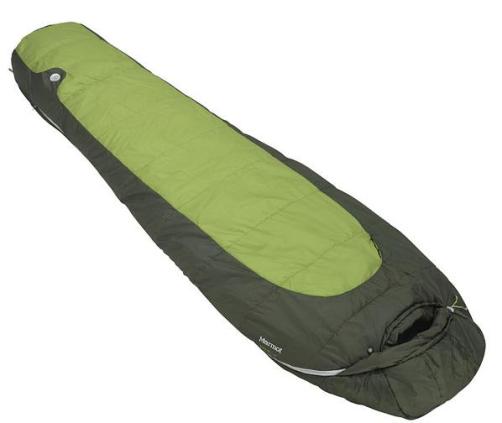
Camping sleeping bags come in a variety of shapes, sizes, and styles. There are many kinds to choose from depending on your needs and your budget, even sleeping bags that can fit anywhere from one to 4 persons.
Before you go camping, it’s wise to check and shop well before you purchase camping sleeping bags. You definitely don’t want to end up feeling cold and uncomfortable by purchasing one that’s not thick enough to keep you warm.
For a good night sleep while camping visit Nightgear for a Snugpak sleeping bag.
The most common types of camping sleeping bags
1. Camping sleeping bags which are made of synthetic filling are a good affordable choice, and will still keep you warm in wet and cold conditions. They also dry fast, which makes it a good option if you will be traveling and moving about a lot during your trip.
However, synthetic filled camping sleeping bags also generally weigh more and occupy more space, which you may want to reconsider if you are going to go hiking for long periods of time without rest.
2. Goosedown camping sleeping bags will keep you very warm and are also lightweight and compact. At the same time, it will also expand and keep its sleeping bag shape whenever you need to use it, making it a handy and practical choice for backpacking.
However, they also usually cost more and will lose insulation if it gets wet, so this is not advisable if you are going to travel to cold and wet climates, or think you may be faced with unpredictable weather.
Choosing the right type of camping sleeping bags
1. The nature of your trip should determine the size of your sleeping bag. Long hours of hiking should call for more compact and smaller sized sleeping bags which can easily fit into your backpack, yet will regain its original size when you need to sleep or rest.
2. The temperature of your camping destination is another crucial factor in choosing the right camping sleeping bags; don’t think that the same bag you can use to keep you warm in the summer will do the same in the winter. Today’s sleeping bags usually already have a temperature rating so you can easily determine which one is right for you.
3. Also consider the use of your sleeping bag, and the grounds you will be using it on. The diversity of the terrain that campers go on has suggested a higher demand in the variety of camping sleeping bags produced. Some are designed tougher than others in order to resist tearing while hiking through miles of rocky and thorny terrain, while others may be more temporary in design and usage. You may want to invest in one that will last you a long time and through several trips, no matter what the terrain will be like.

